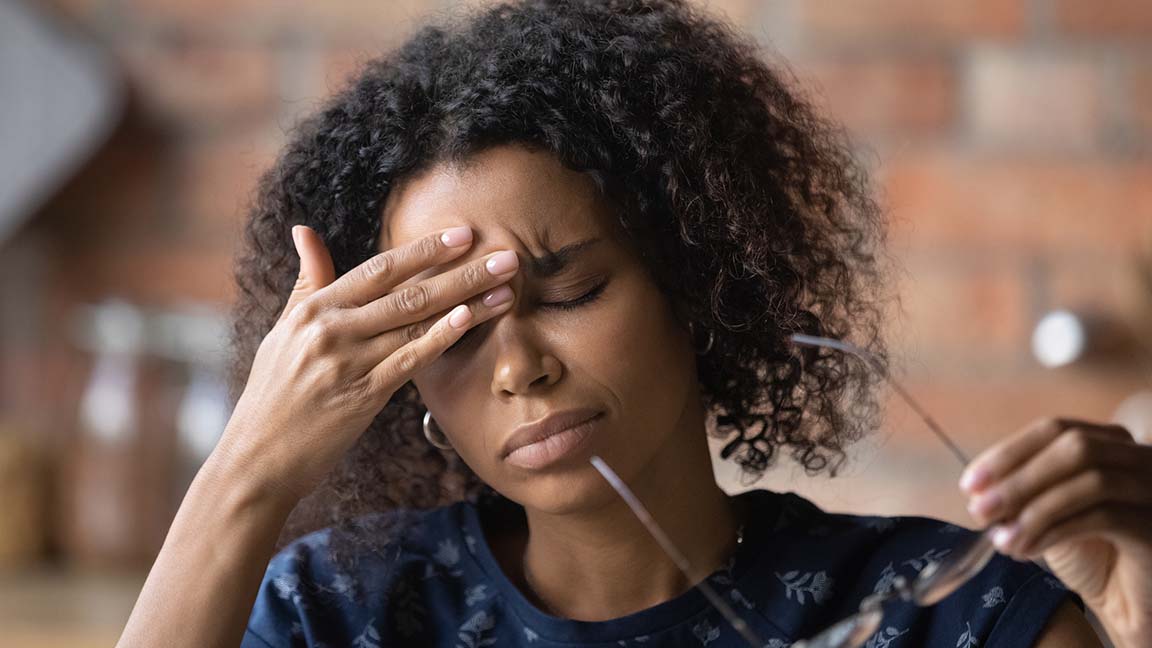The pain, throbbing, nausea and dizziness of chronic migraines can be debilitating. A treatment commonly used to reduce wrinkles can offer many patients relief.
Doctors have used Botox to treat chronic migraines for more than a decade. It works by blocking pain pathways that connect nerves to the brain.
Botox is derived from the Clostridium botulinum toxin. It is FDA approved to treat a variety of medical conditions, including overactive bladder, excessive sweating, tight muscles and chronic migraines.
“When it’s purified and used in very small doses in specific areas, it temporarily relaxes the muscles associated with migraine,” says Dr. Olga Chrisman, an anesthesiologist and interventional pain management physician at Tidelands Health Pain Management Services at Murrells Inle
Botox alleviates migraine symptoms for about three months, Dr. Chrisman says.
For the treatment, Dr. Chrisman says she injects Botox into 31 pain fibers responsible for migraine headaches.
“The medication enters the nerve endings, and it blocks the release of the chemical that’s involved in pain transmission,” she says. “It prevents the activation of the pain networks that send feedback to the brain.”
Dr. Chrisman says it typically takes two to three treatments to begin experiencing significant migraine relief.
“I like to do a series of at least three treatments. The first one may not provide much relief, but you’ll notice something significant because I’ve blocked some of the muscles in your face and the areas around the occipital nerve,” Dr. Chrisman says. By the third treatment, patients notice a marked decrease in the number of headaches and the severity of symptoms.
“Botox is meant to reduce the number of headaches and their intensity by about 50 percent, but to be frank, most of my patients experience a lot more relief than that,” Dr. Chrisman says.
The FDA approved Botox to treat chronic headaches in 2010 for people who have migraine symptoms 15 days or more a month.
“It’s not been shown to work for patients who experience fewer than that number,” Dr. Chrisman says.
While there are side effects to Botox treatments for migraines, Dr. Chrisman says they’re minimal compared to other migraine medications and therapies. The most common side effect is eyelid drooping. Dr. Chrisman says changing the location of the injection can often address that issue.
Botox injections can be repeated every three months to alleviate chronic migraines.
If you’re experiencing recurring migraines, Dr. Chrisman says, speak to your primary care provider for help. If other treatment options aren’t effective, your primary care physician can refer you to a specialist like Dr. Chrisman for help.
